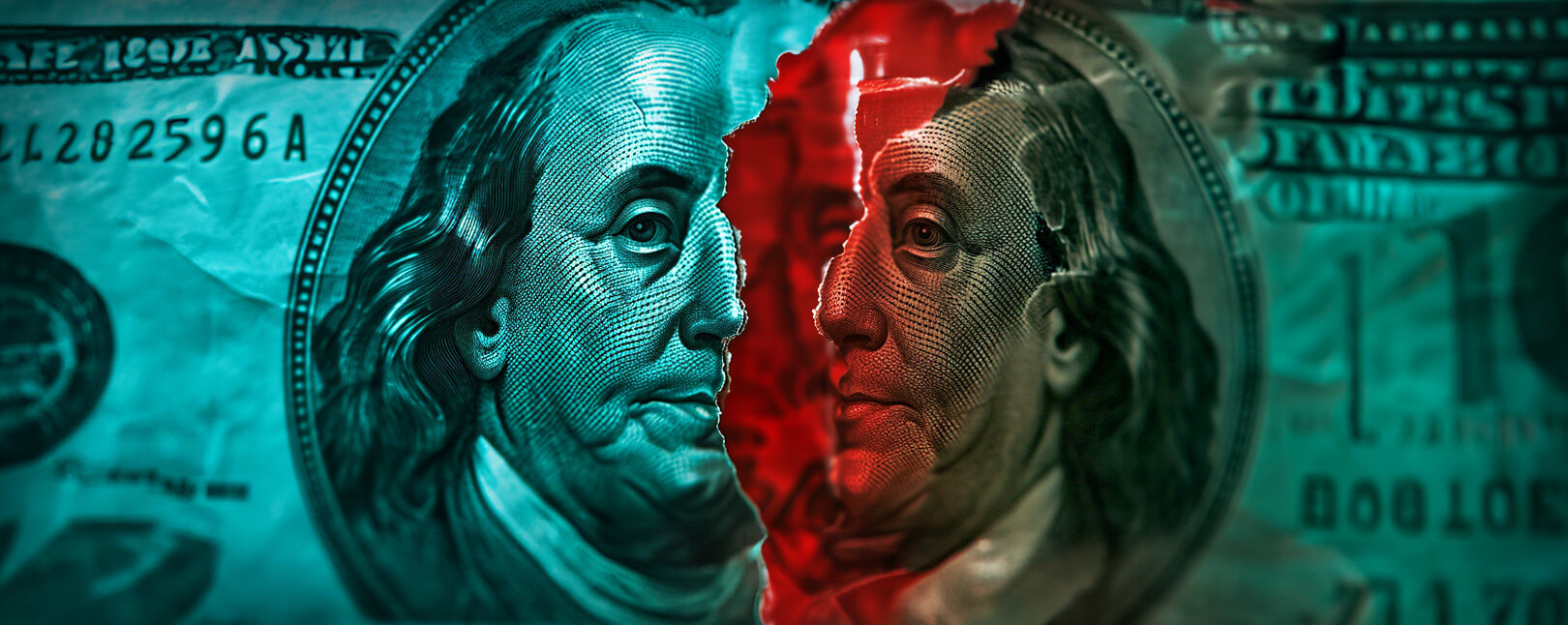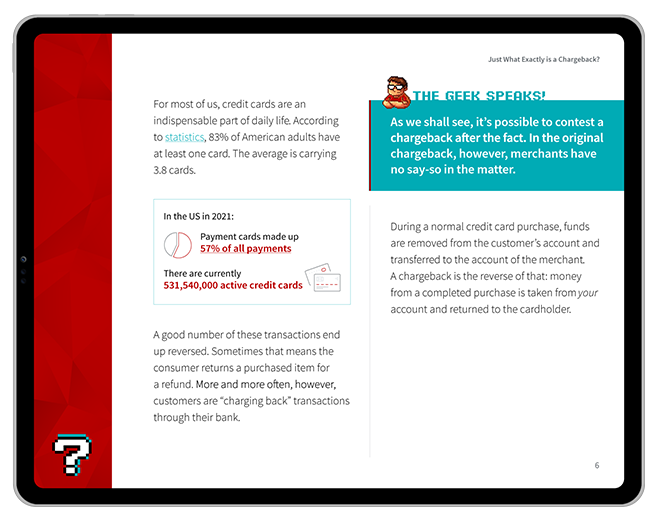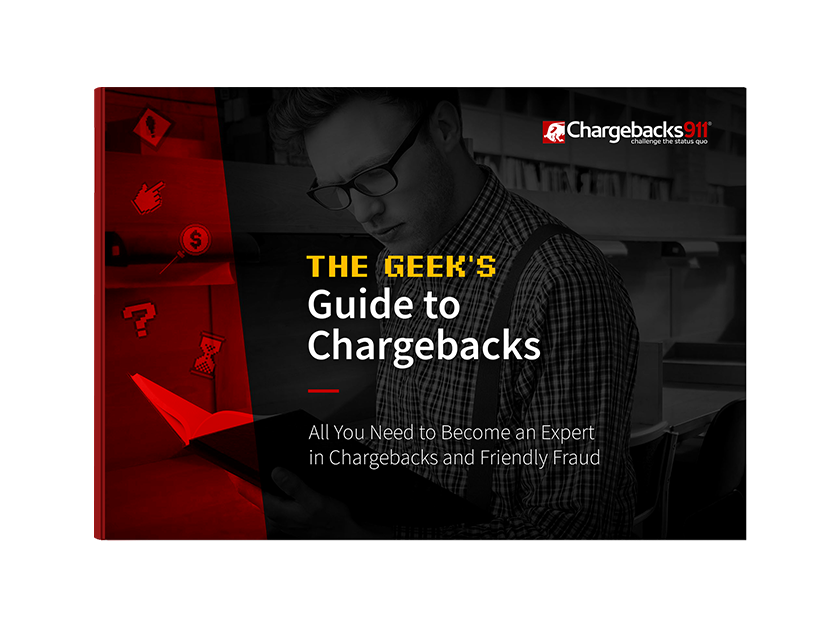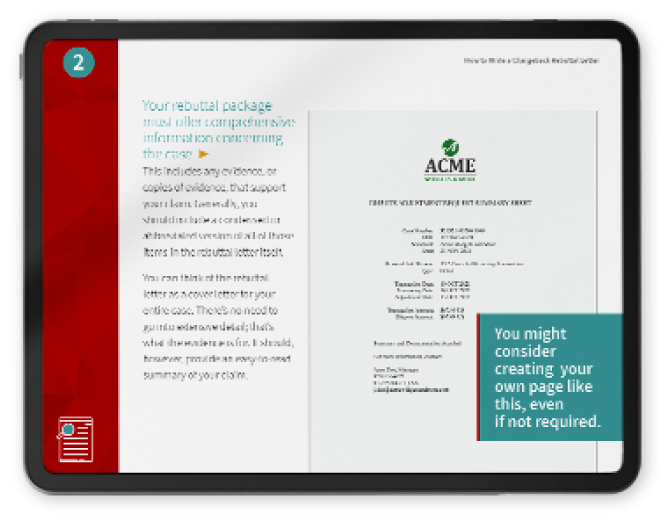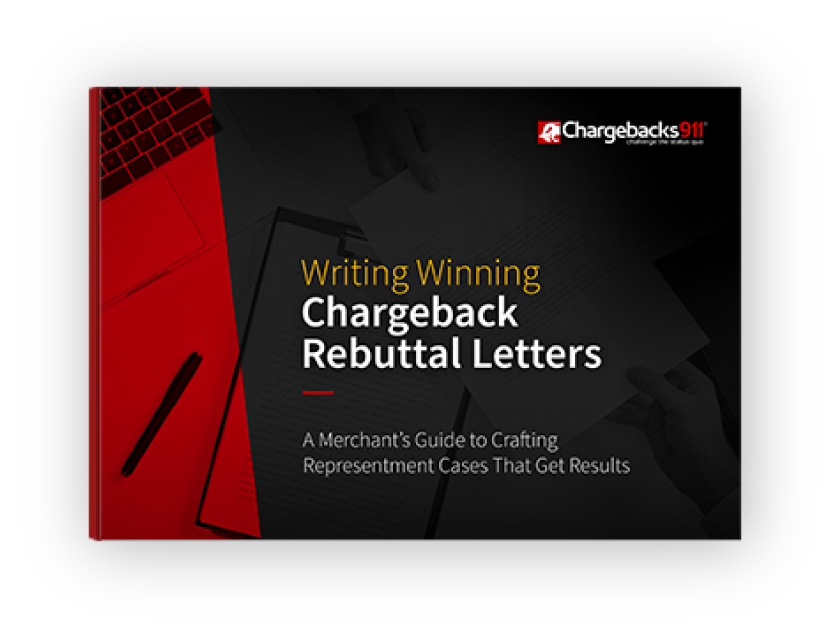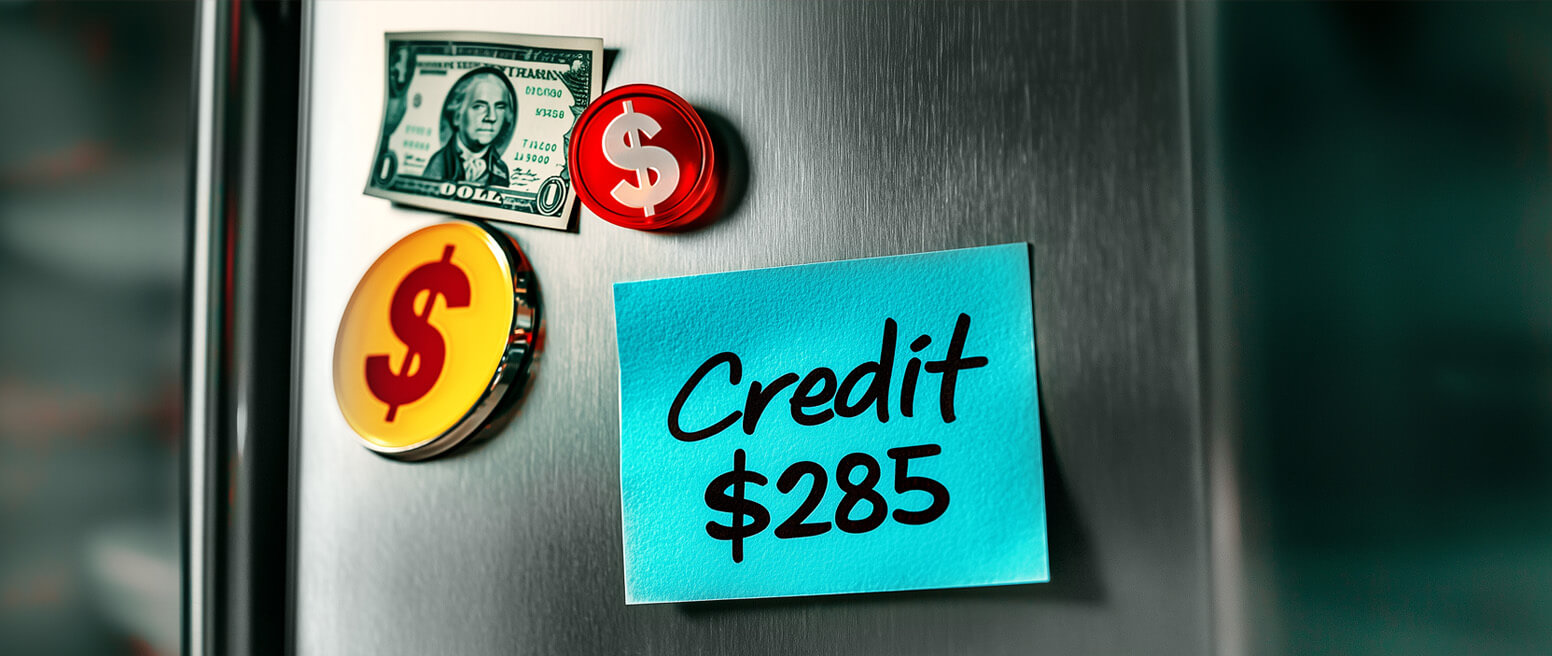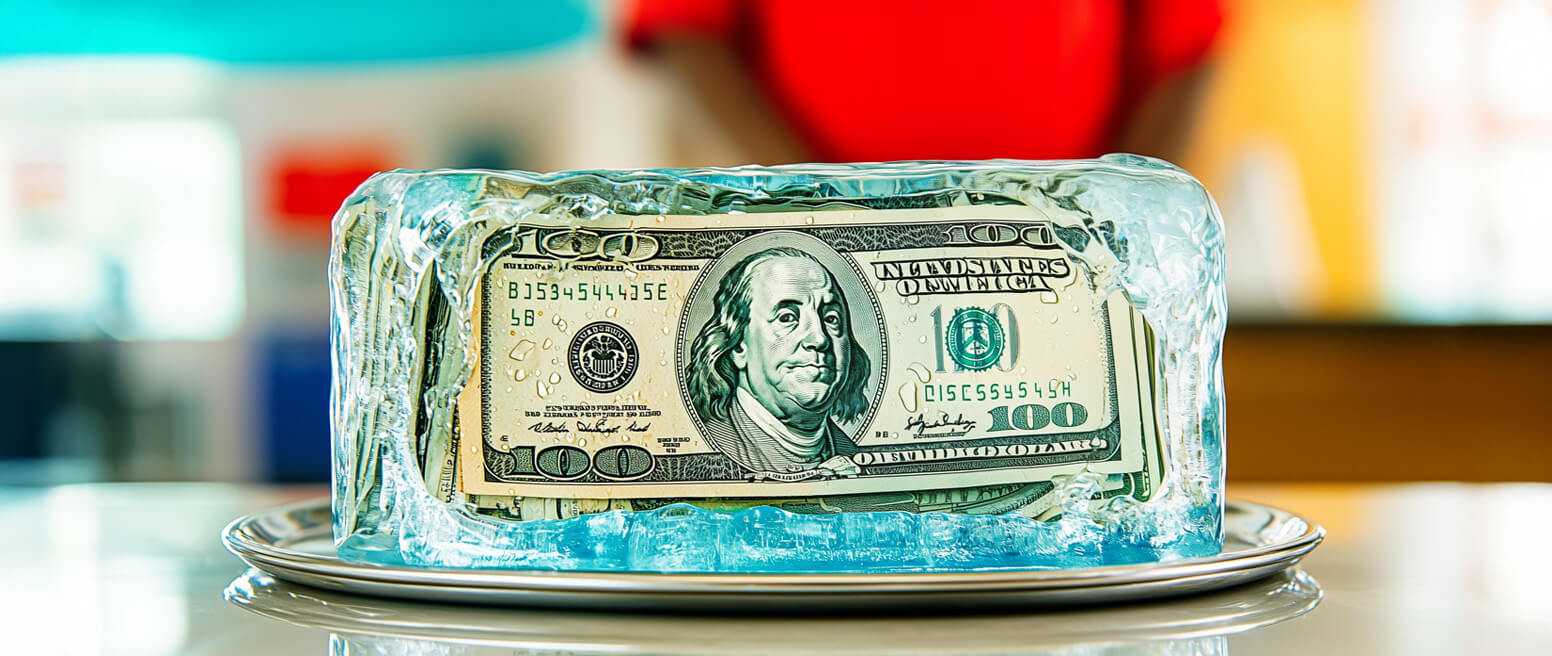How to Resolve Partial Chargebacks
Partial chargebacks, or disputes involving only part of a transaction, may feel like less of a big deal than chargebacks filed for the full value of a transaction. Partial chargebacks come with their own set of problems and consequences, though, which you should take seriously.
They’re not necessarily common, but they can happen. So, is there a special way to respond to a partial chargeback? If the customer has a legitimate claim on part of the order, should you offer a decreased refund?
Let’s take a closer look at the circumstances behind the partial chargeback.
Recommended reading
- A Step-By-Step Guide to the Chargeback Process in 2024
- Provisional Credits: Here’s Everything You Need to Know.
- Here are the 7 Valid Reasons to Dispute a Charge
- Provisional Credit Reversal: Steps to Recover Lost Revenue
- Chargeback Reasons: 25 Reasons Why Customers File Disputes
- Chargeback Life Cycle: How Do Card Disputes Work in 2024?
What Are Partial Chargebacks?
- Partial Chargebacks
A partial chargeback refers to a chargeback that returns only a portion of a disputed transaction. This is generally because the cardholder is dissatisfied with only part of an order, and wants a refund just for that amount.
[noun]/pär • SH(ə)l • charj • bak/A partial chargeback, also called a chargeback partial refund, occurs when a disputed transaction is refunded for less than its full price. The term “partial” simply means that the refund is for a reduced dollar amount.
To illustrate, imagine you have a customer who made a purchase for several items. They’re unhappy with one item from that purchase, while the rest have no issue. The customer may then contact their bank and initiate a chargeback for only the amount of that one unsatisfactory item. This is what’s called a partial chargeback.
You're refunding only a portion of the customer's payment. However, you're still responsible for paying the full chargeback fees to the bank. While these situations are not very common, it's crucial not to overlook them when they do occur.
It's essential to understand that even though it's a partial refund, you'll still be charged the same chargeback fees by your bank or payment processor.
Why Do Partial Chargebacks Happen?
Cardholders have the right to file a chargeback if they’re dissatisfied with a purchase. Officially, that customer should contact you first to try and resolve the conflict. For numerous reasons, however, an increasing number of consumers are skipping that step and going straight to the issuing bank.
If the customer has a problem with the entire order, they can dispute the full amount of a transaction. But what if they are only dissatisfied with one part of a purchase? The cardholder may tell the issuing bank that, for example, three out of four items purchased were fine. They only wish to dispute the amount paid for that one item. This is a partial chargeback.
Why might a consumer opt to file a partial chargeback, though? Here are some possible scenarios to illustrate:
The Cardholder Received or Used a Portion of the Services or Merchandise
They paid upfront for a resort stay but were forced to leave early due to a burst water main in the hotel. They dispute the amount they paid for the unused lodging.The Cardholder Objects to a Portion of a Purchase
A buyer purchases six items. Five of the six items shipped were satisfactory; the chargeback only applies to the one unsatisfactory item, along with any surcharges pertaining to that item.The Merchant Overcharged the Card
The merchant quoted the cardholder a price at the time of checkout, but the amount charged to the buyer's card exceeds that amount. The cardholder then calls the bank to dispute the excess amountPartial chargebacks happen when a customer tries to limit their dispute to one item or part of their entire order. In other words, the customer is only trying to dispute the thing they didn’t like about the order (rather than the whole thing). Likely, this situation could have been avoided if the customer had come directly to the merchant with their issue or if the merchant had reached out to the customer to gauge satisfaction with their order.
How Common are Partial Chargebacks?
As mentioned above, partial chargebacks are not very common. There are several reasons for this; first, note that in all the examples above, the customer is generally happy with the order. They’re willing to pay what they owe…they just don’t want to pay for items or services that were unsatisfactory.
Customers who are overall happy are more apt to contact you instead of immediately calling the bank. But if they do call the bank first, it may be because they are not totally familiar with the chargeback process. For example, they may (falsely) believe that a chargeback is the same as a refund. Also, if the cardholder doesn’t understand how chargebacks work, they may not even know that asking for a chargeback partial refund is an option.
Of course, in a growing number of cases, the consumer is attempting to commit friendly fraud by filing a false claim. A fraudster would have no reason to ask for a partial refund. They would want to get as much money back as possible.
Those situations aside, however, a customer is still allowed to file a chargeback on a partial amount. Regardless of the total, this would be treated just like any other dispute: if the cardholder’s claim is legitimate, you must accept the chargeback. If the claim is false, though, you should challenge the claim through representment.
Can Merchants Submit a Partial Chargeback Representment?
Yes. Both Visa and Mastercard have similar approaches to chargeback amounts. Their regulations say that the chargeback amount cannot exceed the amount of the transaction in question. However, just as the cardholder can file a chargeback for a partial amount of the transaction, you are allowed to contest only part of the dispute amount.
Here’s an example. You operate a subscription software company. A new customer signs up and pays for a year in advance. After several weeks, you receive a chargeback where the customer claims that the service never really worked. The customer never used it, and therefore wants a refund for the full amount paid.
Your records, however, clearly show that the customer accessed the server multiple times during the disputed period, with apparently no problems or support issues. Because of that, you feel the customer only deserves a refund for the time remaining in the contract.
You’re allowed to contest just this lesser amount. You will still need to create a rebuttal letter and provide compelling evidence, of course; you fight the reduced chargeback just as if you were fighting the full amount.
How to Fight a Partial Chargeback
Disputing a partial chargeback closely resembles the process for challenging any chargeback. By engaging in representment, you can boost your chances of successfully defending your case and retaining the disputed funds.
Below, we’ve outlined some tips that should help you with this process:
Remember that while the process for fighting a partial chargeback is similar to disputing any other chargeback, success may vary depending on the specific circumstances of the case and the strength of your evidence. Engaging in representment with a well-documented response is your best chance at winning the dispute and recovering the disputed funds.
The Downside of Offering Less
So, we’ve established that you have the right to submit a partial representment. But, should you?
Submitting a partial representment amount might seem like a viable way to keep a customer happy. After all, you’re meeting the cardholder halfway and offering a mutually beneficial resolution. There are some things to consider before you offer a partial refund, though.
Are Partial Chargebacks Inevitable?
In reality, there are only three true sources of chargebacks: criminal fraud, merchant error, and friendly fraud. Partial chargeback refunds almost always fall into the “merchant error” category.
Say you shipped an order for two shirts; one was the correct color, the other was not. The customer may ask for a partial refund, which would be hard to represent. You could counter with a refund for just the incorrect item. However, one of the changes is the fact that the dispute actually started because you shipped the wrong shirt.
Here’s the good news, though: chargebacks from merchant error are 100% avoidable… if you can identify them. Most merchants, however, are too close to their business to perform the type of unbiased analysis required to find every potential chargeback trigger.
Chargebacks911® offers an unparalleled review process, scrutinizing over 100 separate points of the merchant’s policies and procedures, delivering a comprehensive, actionable report. If you’re interested in learning more about eliminating merchant-error chargebacks for good, contact us today.
FAQs
Can you do a partial chargeback?
Yes. A partial chargeback is a type of dispute where a customer requests a refund for only a portion of a transaction's amount, rather than the entire purchase. It allows customers to contest specific issues while keeping some of the transaction intact.
How do I dispute part of a charge?
To dispute part of a charge, you can typically contact your bank or credit card issuer and provide them with specific details about the transaction you'd like to dispute. Explain the portion of the charge that you believe is incorrect or unauthorized, and they will guide you through the dispute process for that specific amount.
How often do merchants win chargebacks?
The success rate for merchants in winning chargeback disputes can vary widely depending on several factors, including the strength of their evidence, the reason for the chargeback, and the policies of the card networks. Generally, merchants win chargebacks in around 20-40% of cases, but this can be higher or lower depending on the specific circumstances and the merchant's efforts in presenting a compelling case.
What does “partially refunded” mean?
“Partially refunded” means that only a portion of the original payment or transaction has been returned to the customer, and the remaining amount has not been refunded. It indicates that the customer received a partial reimbursement, typically due to an agreement or a dispute resolution where only part of the funds were returned.
